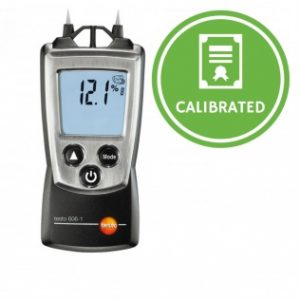
If you are looking for an InstrumentChoice moisture meter, the first step you need to take is buying a moisture meter. There are three types of moisture meters, mechanical, electrical and digital types. Each has its advantages and disadvantages when it comes to using them. Therefore, you need to know which one will be best for your needs before you go out and buy one.
Mechanical moisture meters use gauges inserted into various materials such as wood, drywall, and concrete. These gauges are sensitive enough to pick up slight changes in moisture levels. The sensitivity of the gauge means that the readings can be very different from one material to another. Therefore, when reading these gauges, you will need to readjust the readings until they become consistent.
Electrical moisture meters work similarly to mechanical meters, except they do not use gauges. Instead, these are connected to an electrical circuit. When a high level of moisture is present in a certain area, this causes a very strong electrical current to flow. Once this current is applied to the material, the meter reads out the amount of moisture present. The key features of these meters are that they are sensitive enough to pick up subtle differences in moisture levels and that the readings can be consistent.
The third type of an InstrumentChoice moisture meter is the third type of meter that we will look at, the non-invasive type. The advantage of using a non-invasive digital moisture meter is that no wires need to be attached to the walls or other surfaces. Also, the digital non-invasive meters have a pinless plug that prevents moisture from entering the outlet. The key features of these meters are that they are sensitive enough to pick up subtle changes in moisture level and require no external power source.
The fourth type of InstrumentChoice moisture meter is an all-in-one device. These meters are sold as a single unit that includes an alarm, a moisture detector and a probe for measuring micro moisture levels. In many cases, these all-in-one meters are sold as a single package. However, there are also separate packages available.
The fifth type of moisture meter is called the wood moisture meter. These are not recommended for use indoors or in areas where there is a chance of moisture or condensation building up. Instead, wood moisture meters should only be used outdoors when the surrounding conditions are ideal. The main advantage of these moisture meters is that they have an LCD readout, which makes it easier to read the readings and place the meter in the precise location that needs to be measured.
